9 ways to start cooking healthier at home today
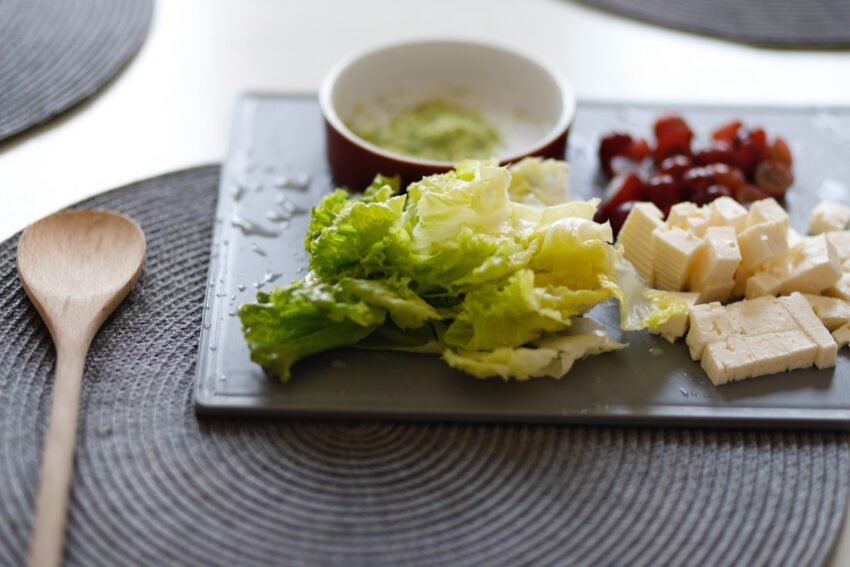
Cooking at home is an incredible way to ensure that you are eating healthy meals that are both tasty and nutritious. It always amazes me to think about that what you eat has the power to prevent or reduce your risk of chronic disease such as diabetes, heart disease and obesity. Not only that, it is also an enjoyable way to spend time with family and friends, enhance your culinary skills, and save money! However, sometimes it can be challenging to whip up a meal that is both healthy and delicious, especially if you are new to cooking. But don’t worry! I have got you covered.
It always amazes me to think about that what you eat has the power to prevent or reduce your risk of chronic disease such as diabetes, heart disease and obesity.
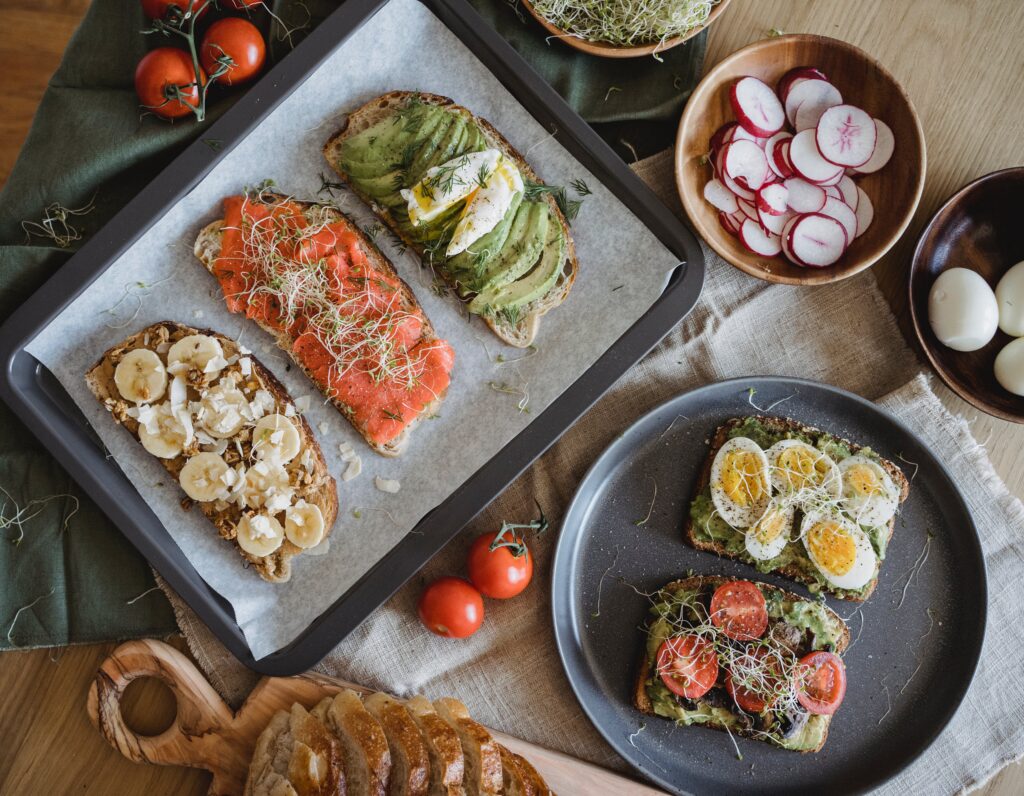
Tip #1: Prioritize whole foods
When I say whole foods, I mean foods that are in their mostly natural form. Think fresh fruit and vegetables, lean meat, healthy fats like avocado and walnuts as well as whole grains. In the Faster Way, we say anything that comes from the ground or has a mother is fair game. These foods provide more nutritional value than convenience foods and processed foods because they have micronutrients and fiber that keeps you feeling full and content. For example, incorporating whole grains like brown rice and quinoa into your meals is a great way to add fiber to your diet while fresh fruits and vegetables are chock full of mood enhancing and gut healthy nutrients that bring color and flavor to meals. Whole food nutrition is also an important element of weight management.
Tip #2: Plan ahead

Planning ahead is a crucial step in healthy cooking. It saves time, money, and reduces food waste. Develop a weekly menu, taking into consideration the nutrients you need, and shop accordingly. Meal prepping is also a great way to ensure that you have healthy meals ready to go when you are tight on time. Having a handy kitchen notebook or weekly meal planner is a simple way to organize your dinners for the week. It’s your one stop for your favorite new recipes, recipe notes and ingredients that should make up your pantry staples!
Tip #3: Use the right cooking methods
The cooking methods you choose can significantly impact the health of your meals. Instead of frying, try baking, grilling, or steaming. These methods tend to require less oil and maintain the flavor of your ingredients. Another tip is to use non-stick pans or parchment paper to eliminate the need for excessive oils. Keep in mind that fats have twice the calories as carbohydrate and protein.
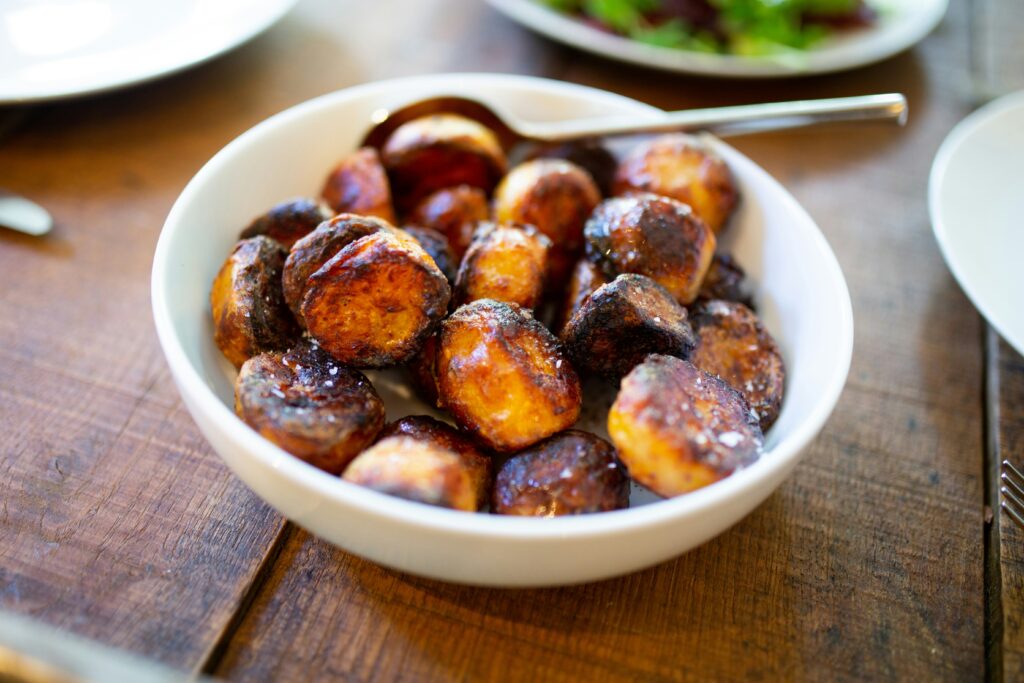
Tip #4: Play with spices and herbs
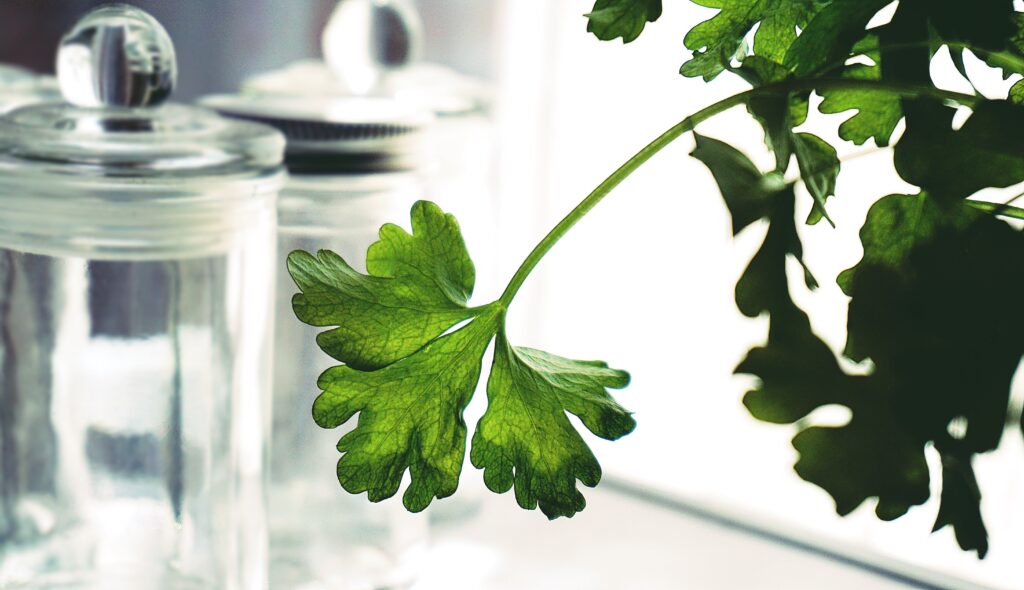
Who says healthy food has to be boring? Playing with spices and herbs is an excellent way to liven up your meals, especially when you’re reducing the amount of fat in food. Adding spices also provides health benefits. Spices like turmeric, ginger, and cumin are known for their anti-inflammatory properties, and herbs such as parsley and basil have high antioxidant levels. Once you master a cooking technique, such as roasting for example, you can play with the combination of fresh herbs to create variety in flavor.
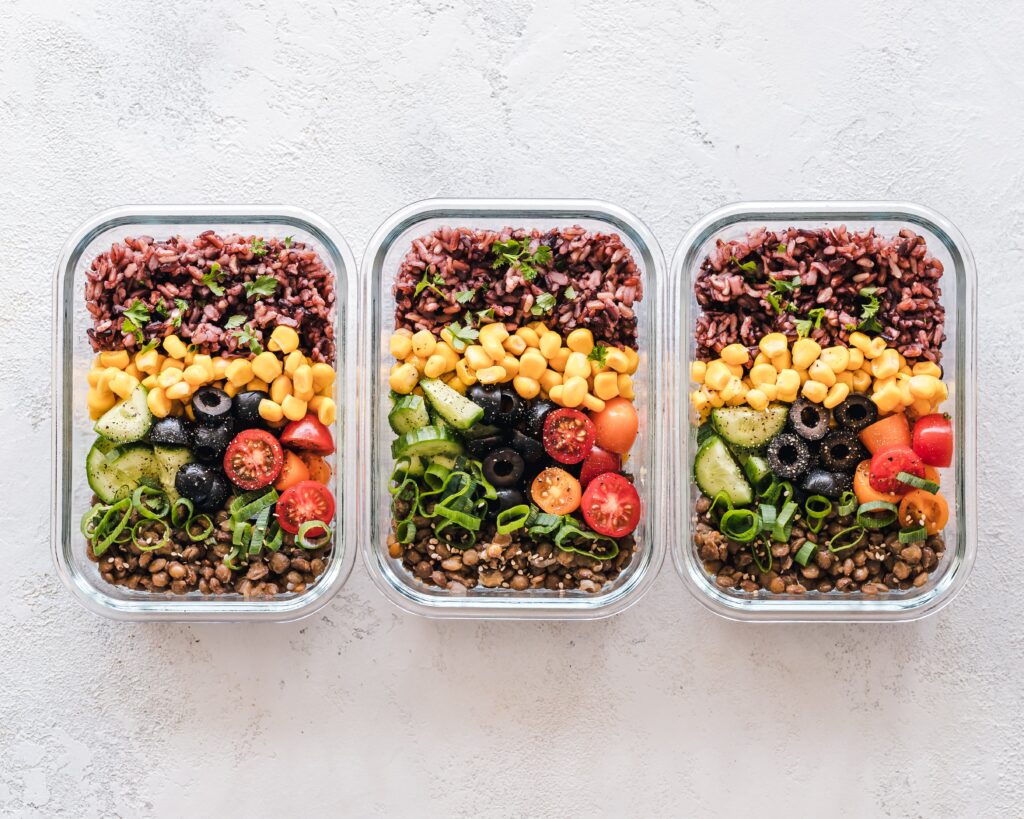
Tip #5: Experiment with healthy substitutes
There’s no shortage of healthy substitutes for common ingredients.
- For instance, instead of using white flour, try almond or coconut flour, which both contain high vitamins and minerals.
- Rather than using sugar, opt for natural sweeteners like honey, maple syrup, or dates.
- You can also use unsweetened applesauce or mashed banana in place of butter to keep baked goods healthier too.
- Another option is to swap out solid fat such as butter or lard for avocado oil or olive oil because these oils support healthy cholesterol and overall heart health.
- Instead of sour cream use a Greek yogurt for that creamy consistency with the added benefit of protein.
- If you choose to consume dairy, opting for low-fat options is a great way to add calcium and water-soluble vitamins to your diet. So instead of choosing whole milk, try a 2% milk and gradually go to a 1% option as everyone gets used to the change. (They may not even notice the difference!)
- Instead of going for the salt shaker or soy sauce which should be avoided if you have high blood pressure, try a squeeze of lemon juice. Acidity from lemon has a way of brightening up a meal, beyond what salt can add. Try it!
- If you are cooking with ground beef, try chopping mushrooms to replace part or all of the beef. This will decrease total calories and saturated fat, but also add fiber, flavor and important micronutrients.
Tip #6: Pay attention to portions

This is a big one because portion size and balance of macronutrients can make or break our health goals. Portion sizes can make a big difference in a meal. White rice for example has 170 calories per 1 cup, cooked. If you accidentally double that by taking a second helping, the calories will add up quickly. Plate fruits and vegetables first and incorporate lean proteins like fish and chicken to ensure a balanced meal. Plate your carbohydrates last.
Tip #7: Change up your appliances
One of my favorite appliances is my air fryer. When it comes to cooking fish, chicken cutlets or fries, it’s one of my favorite ways to get a home-cooked meal on the table quickly. Using a slow cooker is a great way to cook lean meats like chicken and pork while retaining their flavor and nutritional value too.
Vegetable Hack: Cook frozen veggies in your air frier for a quick side that comes together in about 10 minutes!
Tip#8: Nutrition by addition
Often times, an average meal or snack is just one or two ingredients away from being well balanced and satisfying.
- Chia seeds can be sprinkled on top of meals for healthy fats and fiber.
- Slice bananas or mash berries on top of toast with peanut butter for micronutrients and a pop of flavor.
- Leftover restaurant meals, like risotto or pasta can be reheated and combined with a bag of frozen vegetables to increase the volume and add nutrition.
- You can add a scoop of protein powder to rolled oats to provide satiating protein.
- Instead of snacking on a piece of fruit, add a scoop of cottage cheese for protein and fat.
- When you’re having a slice of pizza, one of the best ways to bump up the nutrition is to have a small side salad or raw vegetables along with it.
- If you have to stop for fast food, you can opt for a salad but be sure to add a protein. At Chick-Fil-A you can ask for double grilled chicken or nuggets to add for filling protein.
Tip #9 : Measure your oil
One tablespoon of olive oil or vegetable oil has 120 calories. So when you do the Rachel Ray swirl in the pan (straight from the bottle) it’s easy to add more than intended. One simple way to avoid eating too much fat is to measure your oil. Fat is an important part of a healthy diet, so I’m not saying to avoid it all together, it’s just a food group to be aware of, especially if you have heart disease.
Check out this home made salad dressing – it’s so creamy and tangy. Seriously the best!
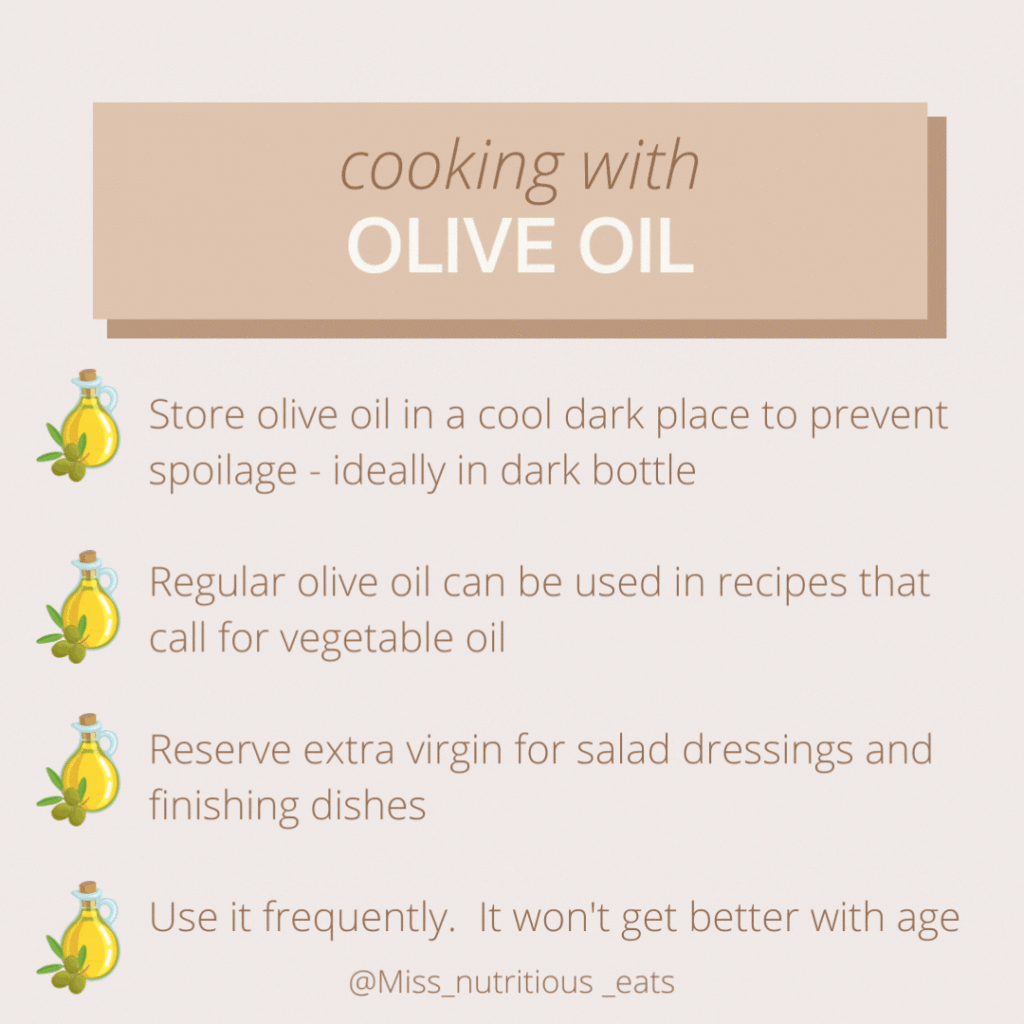
My favorite recipes on repeat
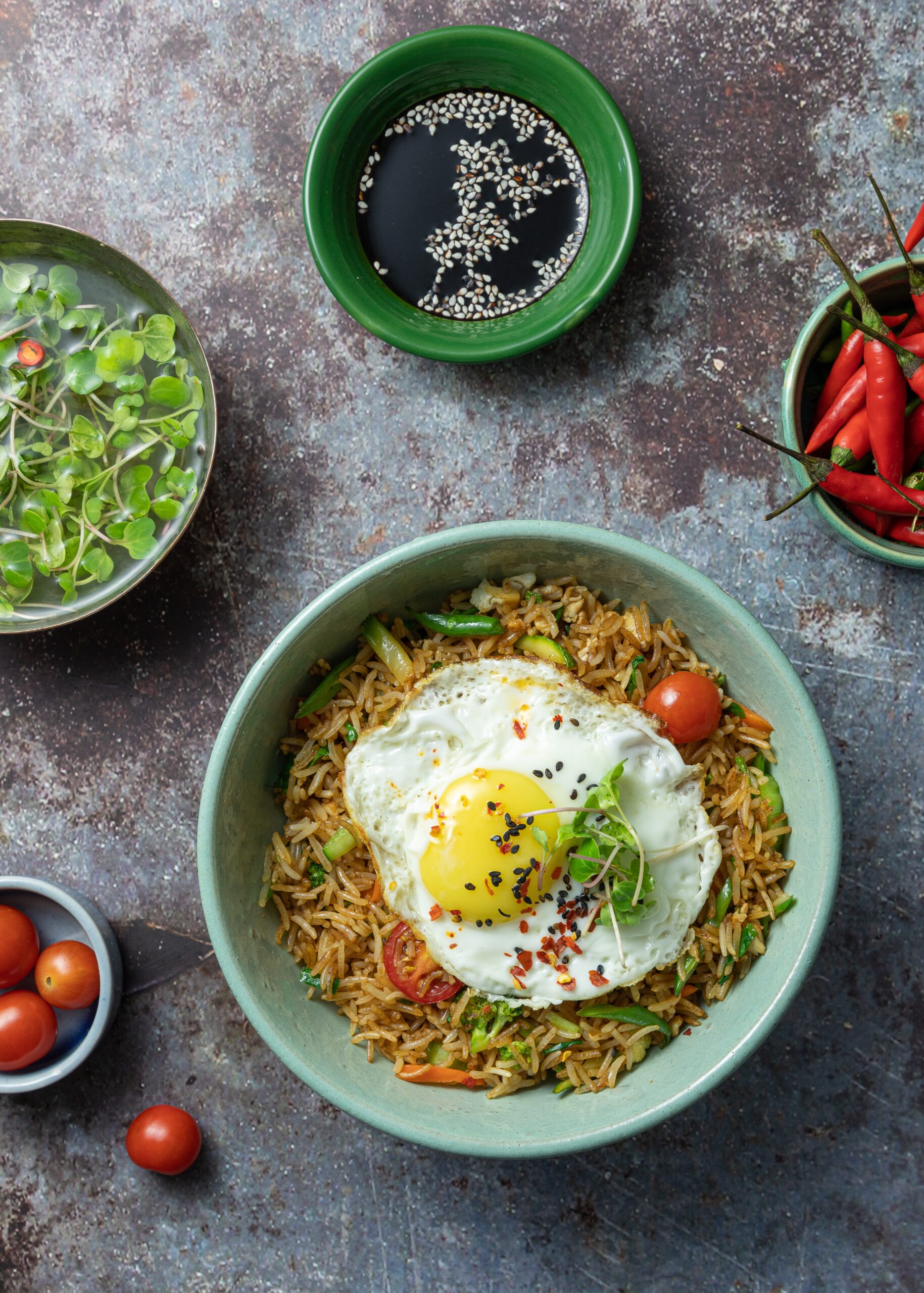
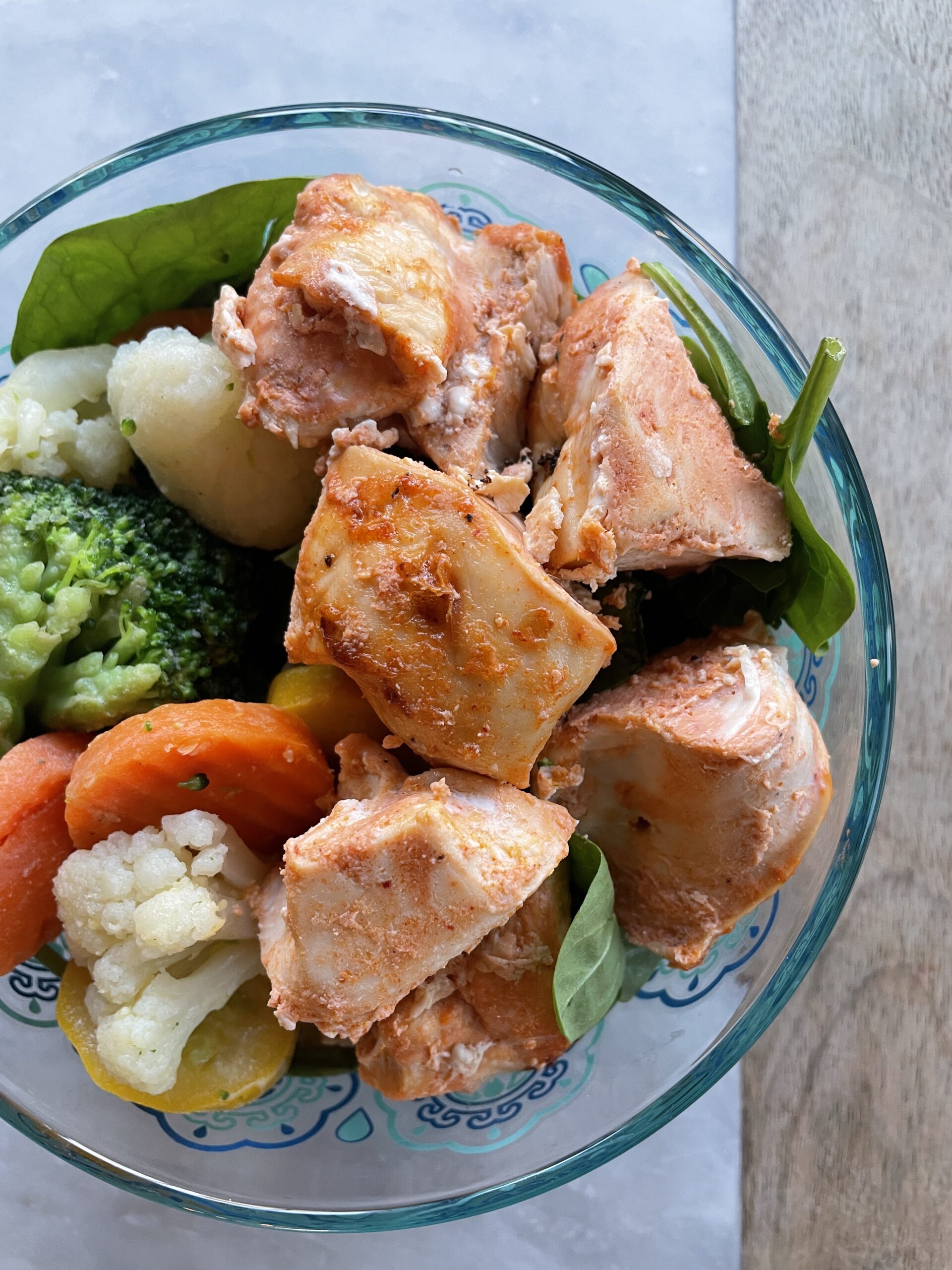

Remember that even small changes in your eating habits can lead to big health benefits. There are even great options for healthier meals at the grocery store (just check out the prepared foods and frozen sections!) and simple swaps you can make to your favorite dishes to make them healthier.
Follow me on instagram to cook along with me!

